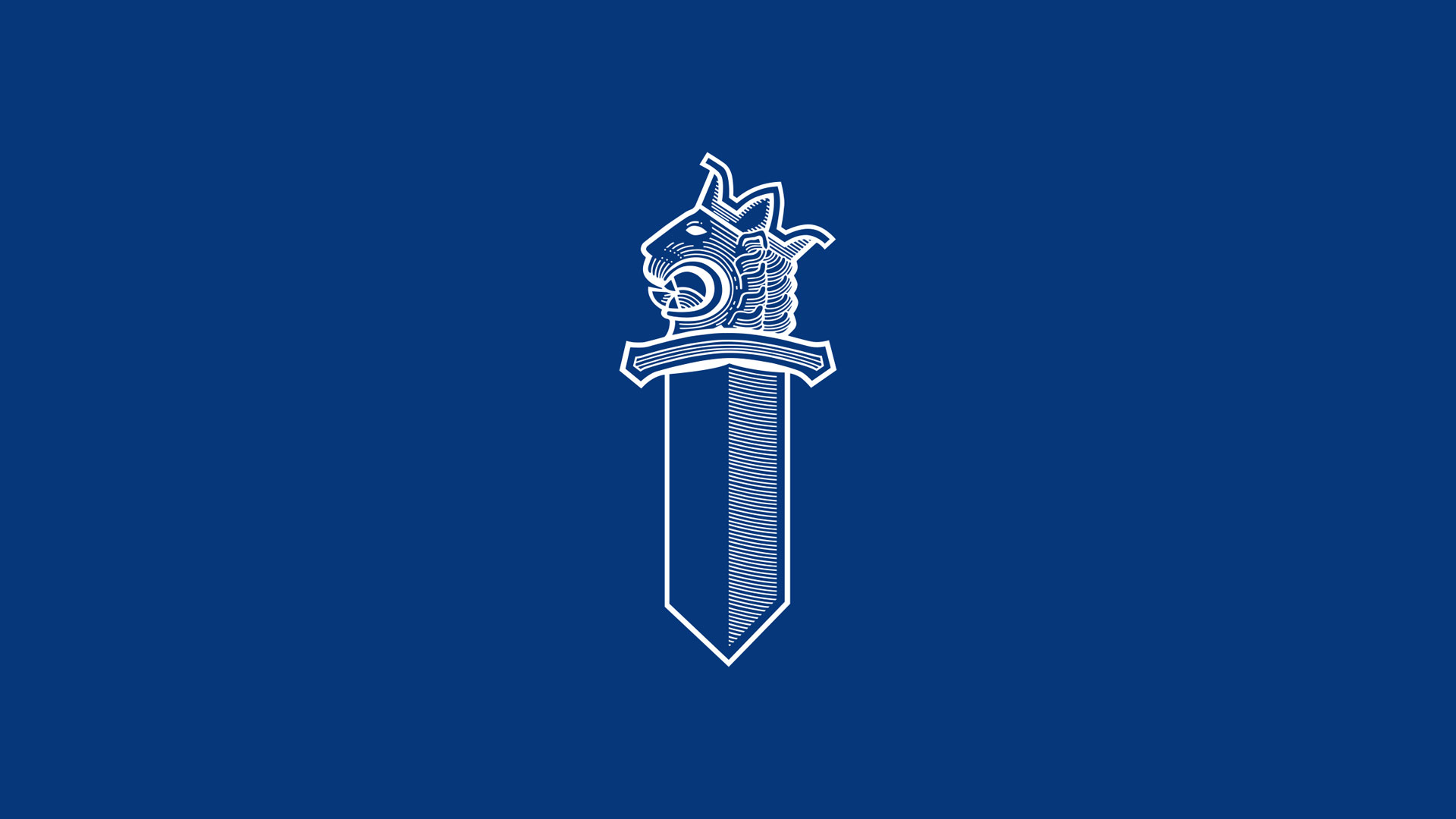- Police University College
- en
- Current issues
- News item
Open science and research operating model introduced to the Police University College
The Police University College (Polamk) has published an operating model for open science and research to outline the principles for responsible openness in the work community and to provide guidelines for everyday work and processes.
The open science and research operating model approaches openness from the perspectives of the operating culture, materials, methods, publishing and learning linked to research, while highlighting services to support open science and research. For example, the Police University College Publications Committee provides guidance on topics relating to copyright, communication of publications and the selection of open access publishing channels.
“Our aim is to enhance the quality and impacts of Polamk operations through open science and research. We integrate the principles and practices of responsible openness with Polamk’s structures, processes and organs, and introduce open science and research elements to existing guidelines and documents,” says Vesa Muttilainen, Director of Research.
A working group to promote the development of open science and research operates at the Police University College, tasked with, among others, identifying the key development targets in operations and updating the operating model when necessary.
“The working group comprises members working in research, education, student services, the library and the museum. This enables broad-based and long-term development in all sectors of Polamk’s operations,” says Senior Researcher Terhi Kankaanranta, Chairperson of the working group.
Because Polamk is a part of the police administration, it is guided by legislation and other rules and regulations that apply to the police. These restrict open access publishing and sharing of materials. For example, educational materials and research datasets may include data intended for use by the authorities only, or classified information, including the technical, tactical and operational methods of the police.
“Our position is unique among higher education institutions in the country, because we are both a university of applied sciences and a national police unit. This means that we have to balance between openness, characteristic for higher education institutions, and restrictions due to police operations. However, we aim to improve the quality of scientific research outputs and educational resources, and their impact throughout society,” says Muttilainen.
socialShareGray




